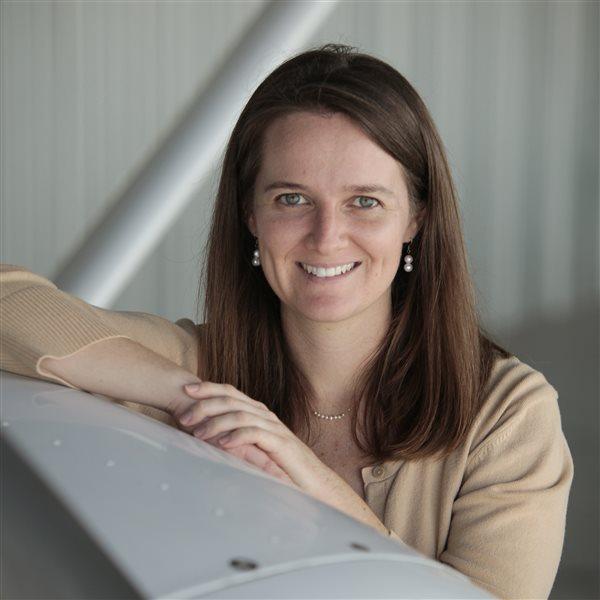With reports of large hail, 60-mph gusts, and possible tornadoes crossing Robert Alexander’s flight path and intended destination near the U.S.-Canada border, he made an in-flight decision that would take him out of the storm system’s path. But that decision cost him: His aircraft was seized, he was arrested, and he was fined $1,000 to get the aircraft back.
After having floats put on his Cessna TU206G in Shawano, Wis., Alexander planned to fly to Kenora Seaplane Base in Canada, a base he frequents. However, he learned that Canadian customs closed at the base at 8 p.m., and his estimated time of arrival would be 8:30 p.m. So, before departing Shawano, he decided to fly to International Falls Seaplane Base in Minnesota, where he would remain overnight and then continue to Kenora the next day to clear Canadian customs.
As Alexander was flying to International Falls, he received a sigmet from Duluth Approach Control that said the hail, wind gusts, and chance of tornadoes were 90 miles northeast of his position, moving east at 40 mph.
“That’s where my plans changed—in flight,” Alexander said.
Instead of staying all night in International Falls where the storms would be moving through, he decided to try to clear Canadian customs and continue to Kenora to avoid the weather.
Alexander contacted Einarson’s Flying Service, an FBO at International Falls, in flight just before 7:30 p.m. to see if Canadian customs service was available at Fort Frances, just across the river from U.S. customs at International Falls. He then asked the FBO to call Canadian customs to see if they would accept him at their base at 8 p.m. Within five minutes, Alexander said he received confirmation from the FBO that Canadian customs would meet him.
As weather deteriorated into heavy rain, Alexander landed and taxied down the river looking for the Canadian customs dock. As he was about to turn toward the U.S. dock to call Canadian customs and find out what was going on, two officers signaled him into the Canadian dock.
Once at the dock, Alexander was arrested, his aircraft seized.
“I asked why they did not try to tell me not to touch the Canadian shore and I was told, ‘When you taxied across the imaginary line in the middle of the river separating the U.S.A. and Canada you were in violation of the law and we led you here to be arrested,’” Alexander wrote in his appeal to the minister of public safety.
After paying a $1,000 fine, he and his aircraft were released.
“Customs agents are very sensitive if certain procedures aren’t followed,” said Woody Cahall, vice president of the AOPA Pilot Information Center. “We’ve received a handful of reports from members within that last two weeks who have been fined by U.S. or Canadian customs.”
Canadian customs requires that they be notified at least two hours, but no more than 48 hours, in advance of your arrival in the country. Because of deteriorating weather, Alexander asked an FBO to contact customs 30 minutes prior to his arrival.
“Pilots can make in-flight changes when crossing the border, but certain procedures need to be followed,” Cahall said. “First, you must already have notified customs within the appropriate time frame that you will be arriving. If you need to make a change in flight, call customs directly or contact flight service to get your arrival time or location amended. And always get the customs agent’s ID.
“Obviously, if you are in an emergency situation, you can deviate to land safely, but you may still have to answer to a violation.”

